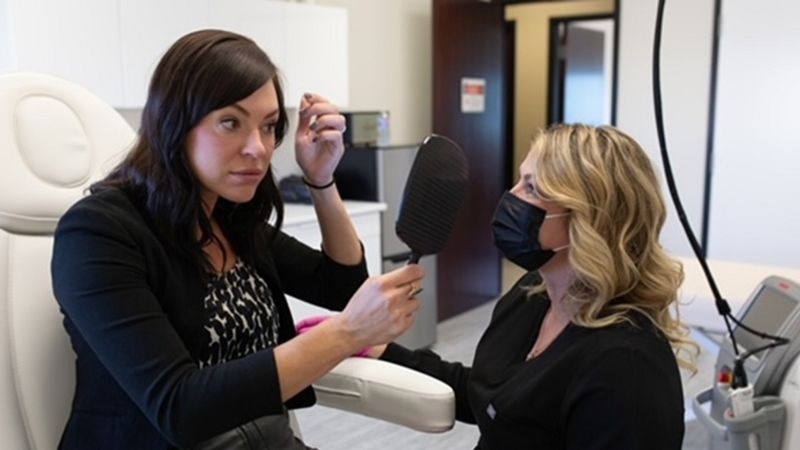Muscle aches, not joint pain, are a usual statin side effect
DEAR DR. ROACH: I am a 69-year-old white male. I take one 20-mg pravastatin per day to manage my cholesterol. One of the side effects is joint pain. Are you aware of a substitute that does not have this joint pain side effect? — H.L.
ANSWER: Statins are one of the most common medicines used, and although they have relatively few side effects, so many people take them that there are many reported untoward effects.
Muscle aches are common. Muscle breakdown is serious and, fortunately, rare. But joint aches are not a common side effect. In the package insert, “arthritis” is listed in less than 1 percent of people.
Of all the statins, pravastatin tends to have relatively few side effects. It is metabolized differently from how the others are, so have a discussion with your doctor about taking a different statin, such as atorvastatin (Lipitor). Lipitor is much more potent than pravastatin (Pravachol), so the dose you will need is likely to be much lower.
DEAR DR. ROACH: I was diagnosed with prediabetes. I have had neuropathy in both feet for several years, and a “non-healing diabetic foot ulcer” on one heel for two years. The ulcer has never completely healed, and it causes some pain on occasion.
Recently, I became aware of a study by a drug company in Atlanta. It appears to be developing a new treatment that shows promise. Can you tell me about the status of this treatment, and if it is available for use by the public? — J.S.
ANSWER: I think you are referring to an investigational drug called VM202, which is a gene therapy for people with diabetes and blockages in the arteries leading to a foot ulcer. The gene (DNA) codes for a protein called “human hepatocyte growth factor,” which, when taken up by muscle cells, causes them to secrete this growth factor. This, in turn, stimulates the formation of new blood vessels.
Early trials were encouraging, so the drug is now in phase 3, meaning the company is running a large trial to see whether it is effective. If so, it could be a major advantage in treating this common and difficult problem. Unfortunately, many drugs fail at this stage, either because they are not effective or they have toxicities that were unrecognized in previous smaller studies.
Gene therapy is a relatively new modality, so it may take longer than usual for the Food and Drug Administration to decide whether to approve this drug for general use.
Nonhealing foot ulcers are unusual in someone with prediabetes (as opposed to diabetes that may have been poorly controlled at times) and without peripheral artery disease, which you didn’t mention. I hope you are being treated by someone who has evaluated you for this condition. If not, you should be. Poor blood flow to the ulcer is one reason it might not be healing. In addition, meticulous blood sugar control is important to allow healing (prediabetes also should not cause diabetic neuropathy; however, there are other types of neuropathy). Finally, local wound care is another important factor in healing the wound.
Diabetes has become epidemic in North America. The booklet on it provides insight on its diagnosis and treatment. Readers can order a copy by writing:
Dr. Roach
Book No. 402
628 Virginia Dr.
Orlando, FL 32803
Enclose a check or money order (no cash) for $4.75 U.S./$6 Can. with the recipient’s printed name and address. Please allow four weeks for delivery.
* * *
Dr. Roach regrets that he is unable to answer individual letters, but will incorporate them in the column whenever possible. Readers may email questions to ToYourGoodHealth@med.cornell.edu or request an order form of available health newsletters at 628 Virginia Dr., Orlando, FL 32803. Health newsletters may be ordered from www.rbmamall.com.
(c) 2018 North America Syndicate Inc.
All Rights Reserved


